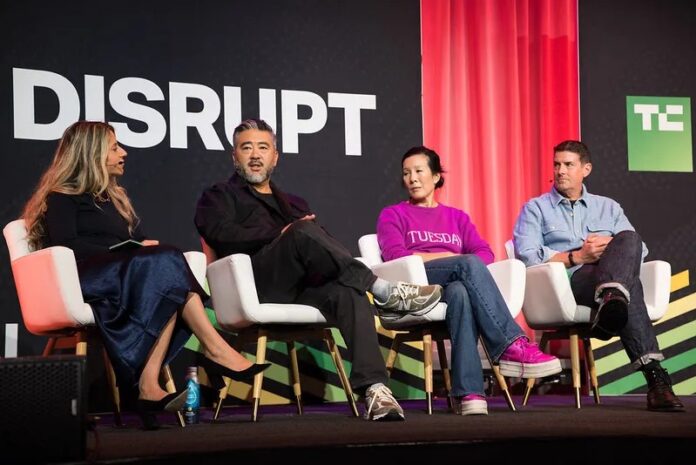Venture capital firms are abandoning traditional investment strategies for AI startups, recognizing that the industry demands a fundamentally different approach than previous tech booms. The rapid growth potential—some companies reaching $100 million in revenue within a single year—has forced investors to adapt, prioritizing metrics beyond simple revenue projections.
The Shifting Landscape
The old rules no longer apply. Series A investors are no longer solely focused on rapid revenue growth, instead applying a more complex algorithmic assessment. This formula now considers factors such as data generation, competitive defensibility (the “moat”), founders’ track records, and the technical depth of the product. The weighting of these variables differs depending on the company’s specific focus.
The Go-to-Market Imperative
Even high-growth startups—those hitting $5 million in revenue quickly—struggle to secure follow-on funding. The bar has been raised, with Series A firms now applying the same rigor to seed-stage companies as they once reserved for more mature businesses. A critical factor is the startup’s ability to attract and retain customers, making “go-to-market” (GTM) strategy paramount.
Tech vs. Execution
The debate over technology versus execution is central to this shift. Some investors argue that strong GTM can outweigh mediocre technology, allowing companies to raise capital and acquire customers despite technical shortcomings. However, others maintain that both exceptional technology and a strong GTM are essential. The consensus is that investors are becoming increasingly sophisticated in evaluating GTM strategies, demanding more than just hype.
The Pressure to Ship
AI startups face unprecedented pressure to deliver rapid product updates and new features, outpacing established competitors. The benchmark is set by industry leaders like OpenAI and Anthropic, whose relentless shipping cadence forces startups to match their pace and quality. The stakes are high, as delays or subpar releases can quickly cede ground to faster-moving rivals.
An Open Playing Field
Despite the dominance of a few key players, the AI industry remains highly competitive. No clear winners have emerged, even within established sectors like large language models (LLMs). This dynamic creates opportunities for startups to disrupt incumbents, whether they are decades-old corporations or recent entrants. The field is still wide open, and the next breakout company could come from anywhere.
The key takeaway is that AI investing has entered a new era, where execution, speed, and adaptability are as critical as technical innovation. The traditional playbook has been discarded, and the rules are still being written.



















































